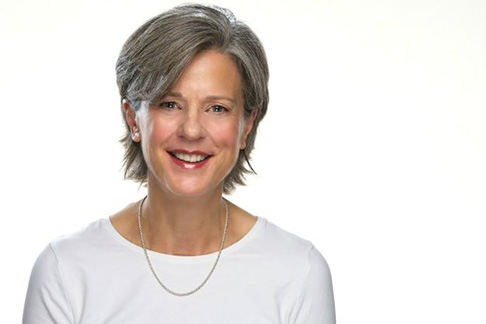
Theme: The Path
This 15th century Mandala from Tibet depicts Chakrasamvara in union with his consort Vajrayogini. A representation of a cosmic palace, practitioners use the mandala as a means to lay a path for their meditation. Throughout the meditation, the practitioners will visually build the palace as they begin to move through it. During the meditation, practitioners will visualize themselves as Chakrasamvara in union with his consort, changing their physiology into that of an enlightened being.
Image credit: Mandala of Chakrasamvara and Vajrayogini, Ngor Ewam Choden Monastery, Tsang Province, Central Tibet; ca. 1505-1514; pigments on cloth; Rubin Museum of Art, C2001.9.1 (HAR 65020)
Mindfulness Meditation Series
Himalayan practitioners have, for centuries, used meditation to quiet the mind, open the heart, calm the nervous system, and increase one’s ability to focus. Now, western scientists, business leaders, and the secular world have embraced meditation as a vital tool for brain health. Learn more
Presented in partnership with Sharon Salzberg and the New York Insight Meditation Center.


About the Teacher
Tracy Cochran is editorial director of Parabola, a quarterly magazine that for forty years has drawn on the world’s cultural and wisdom traditions to explore the questions that all humans share. She has been a student of meditation and spiritual practices for decades and teaches mindfulness meditation and mindful writing at New York Insight Meditation Center and throughout the greater New York area. In addition toParabola, her writing has appeared in The New York Times, Psychology Today, O Magazine, New York Magazine, the Boston Review, and many other publications and anthologies. For more information please visit tracycochran.org.
